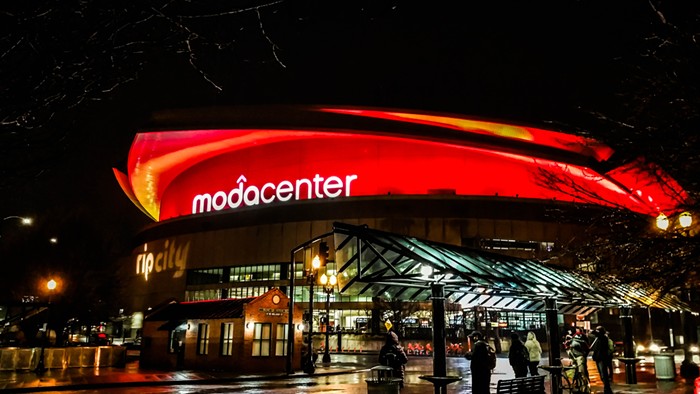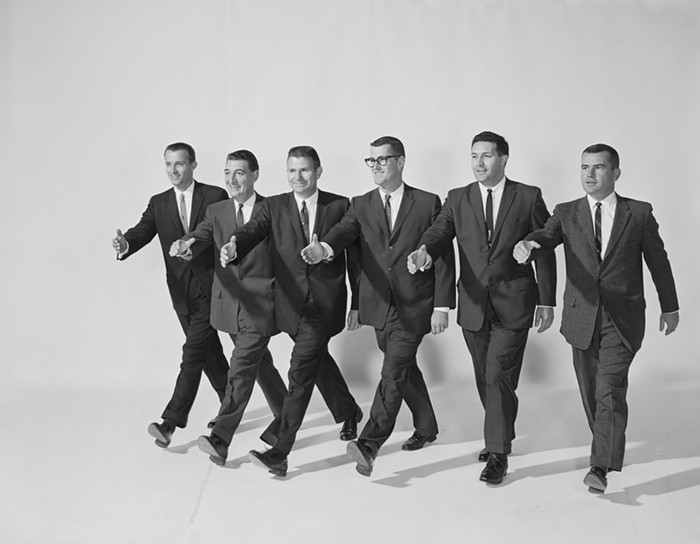With itshomeless population on the rise, and following a steep increase in people living in RVs and other vehicles, the City of Portland turned to a new idea last month to steer the destitute away from parks: signs.
From July 10-31, the Portland Bureau of Transportation (PBOT) installed a total of 45 “No Camping” signs on the perimeters of three city parks in Southeast Portland: Laurelhurst, Sewallcrest, and Midland.
They’re simple affairs, featuring a tent slashed through with a red “no” symbol, the words “NO CAMPING,” and a list of city ordinances outlawing camping—in parks and on all city-owned land—should the homeless want to look them up.
The signs are paired with new placards prohibiting parking near the park from 10 pm to 5 am.
“The desired impact of the signs is to educate about the camping prohibition in and around parks, where an increase in car/RV camping has been noted,” says Mark Ross, a spokesperson for Portland Parks and Recreation, which worked in concert with PBOT to put up the placards.

The strategy comes as cities throughout the country struggle to address a housing crisis playing out nationwide—and as homeless advocates increasingly push back against anti-camping laws. In one recent ruling, a federal judge issued an order temporarily stopping Houston from enforcing its own camping ban.
The City of Portland has long been selective about where and when it chooses to crack down on camping, but the new roadside placards are a first.
“It’s an inexpensive but tangible way to message that the activity that’s happening is not permitted,” says Ross.
The city ordered around 200 signs, at a total cost of approximately $1,750, and doesn’t have immediate plans for the extras, he says.
The notices, it turns out, were created as members of the Laurelhurst Neighborhood Association (LNA) recently demanded a response to people living on the outskirts of Laurelhurst Park. The organization went so far as to ask for stepped-up penalties for homeless people who camp near the park—a request Mayor Ted Wheeler denied.
The first 24 signs went up around Laurelhurst Park on July 10, with seven more added three weeks later, Ross says. Residents of the well-heeled neighborhood are “ecstatic,” according to TJ Browning, a member of the LNA’s safety committee.

“Since we’ve had the signs, it’s dropped tremendously,” Browning says. “If we had 40 regular campers before, we’ve got a handful now. People are returning to the park.”
A trip to Laurelhurst Park on Monday, August 28, suggested Browning is right. While several camps were set up along the park’s southern edge (there are no placards on Southeast Stark), there were none to be found on Southeast Ankeny, where mansions overlook Laurelhurst’s scenic glades. Several people appeared to be living in their cars on the park’s outskirts.
Further south, Sewallcrest Park—where neighbors have also complained—was absent of apparent campers. A single shopping cart lingered on a sidewalk nearby.
There was also an indication that not everyone’s taking the new signage seriously. One of Sewallcrest’s 11 “No Camping” signs had already been snapped in half.


















